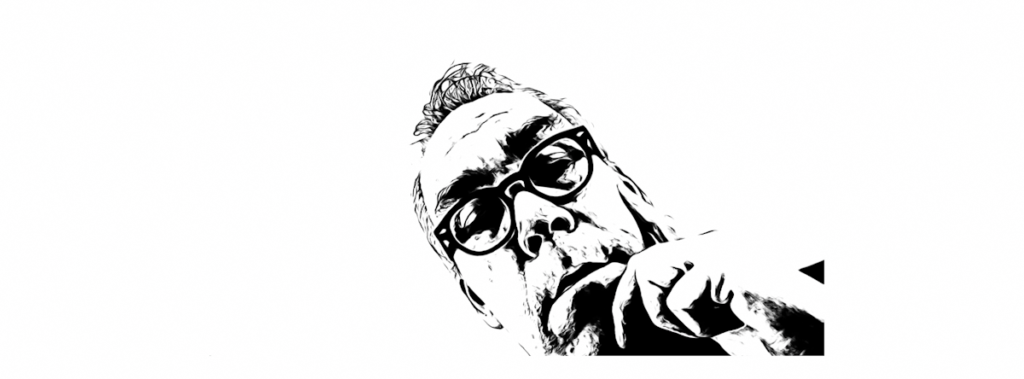I taste a lot of wine, from the 2021 barrel samples back to the now-beautiful 2017s.
I revise my vintage view as I learn and experience the wines, how are they showing, and what they will bring you. Will they currently bring you pleasure.
The last five vintages represent much of the wine served in restaurants today, and also what is being sold via the wine trade.

Here’s my roundup of the vintages many Burgundy fans are drinking today.
2017 – for pleasure
The 2017 vintage is a vintage of enjoyment. The reds are for short- and medium-term pleasure, while the whites have substantially more potential and quality.
If I see an interesting wine on a restaurant list, 2017 would be my first choice. The good energy and slightly mature fruit really provide a great deal of good, simple enjoyment and hedonistic pleasure.
Red wines with low sulphur (15mg/l or so of free at bottling) should perform well, unless the oak used was on the more heavily toasted side.
Whites will perform based on their classification (largely), and the top wines will be mostly closed at the moment.
2018s – difficult now for reds
The reds are in general not showing at their best, as reduction and other misfortunes show up in the wines. Some are starting to open a bit, yet it’s difficult to say which and when. I do not like what I taste in many 2018 reds, as they are currently often dense and clumsy.
The whites are showing better than expected, but then again, my expectations were not high. The bigger terroirs can in some cases carry the weight, and the grands crus could eventually become really interesting. For both reds and whites, check the alcohol; anything beyond 14% is too much for me. Avoid the reds for now, and try the whites, understanding that they are not going to be ballerinas.
2019 – greatness; but now?
Both the white and the red 2019s show well with their rich, exuberant fruit and high energy. It was a great vintage for reds; whites are a bit more variable.
The reds are big, light-footed, refined, and surprisingly open. Yet there is so much more in these wines. Low-level vins des soif can be drunk now with pleasure and no remorse. But keep the big ones in the cellar, or drink them in restaurants if you must.
The whites are charming, rich, and showing well. The lesser wines are a delight.
Both colours can be tasted, but the reds are potentially truly great, and should be left in the cellar.
2020 – masssive and intense
The 2020s are big and intense, with a strong core of fruit and a firm backbone. Both whites and reds can be tested, but I fear the reds could soon close down.
These are wines that are more impressive than lovable, but that said, there is fine energy in the best wines. It was a big year for whites, a more robust and mixed year for reds, where heavy extraction and excessive oak can give inky, dark, heavy wines.
So taste them, but note that these are robust and sometimes dense wines.
2021 – a cool breeze coming to your cellar
The 2021s are in many cases still in the winemaker’s cellar. Some are bottled and can already be judged.
They are cool, lively, and vivid, but do not have the ultimate in weight or intensity. But to be honest, who cares?
They are more classical Burgundies, more light-footed, and presumably for earlier drinking. The best are effortless, crystal clear, and pure; the worst dirty and unclean in the fruit. Most have done well, but growing conditions were really bad.
Both the red and the white ’21s should be tested when you get the opportunity. It is an interesting year.

 - A true vin d’émotion – a Burgundy of passion
- A true vin d’émotion – a Burgundy of passion - A truly hedonistic wine – lively and enjoyable
- A truly hedonistic wine – lively and enjoyable - A vivacious wine for pure indulgance
- A vivacious wine for pure indulgance - A Vin Vif - fresh, energetic and with a light appearance
- A Vin Vif - fresh, energetic and with a light appearance
Leave a Reply
You must be logged in to post a comment.